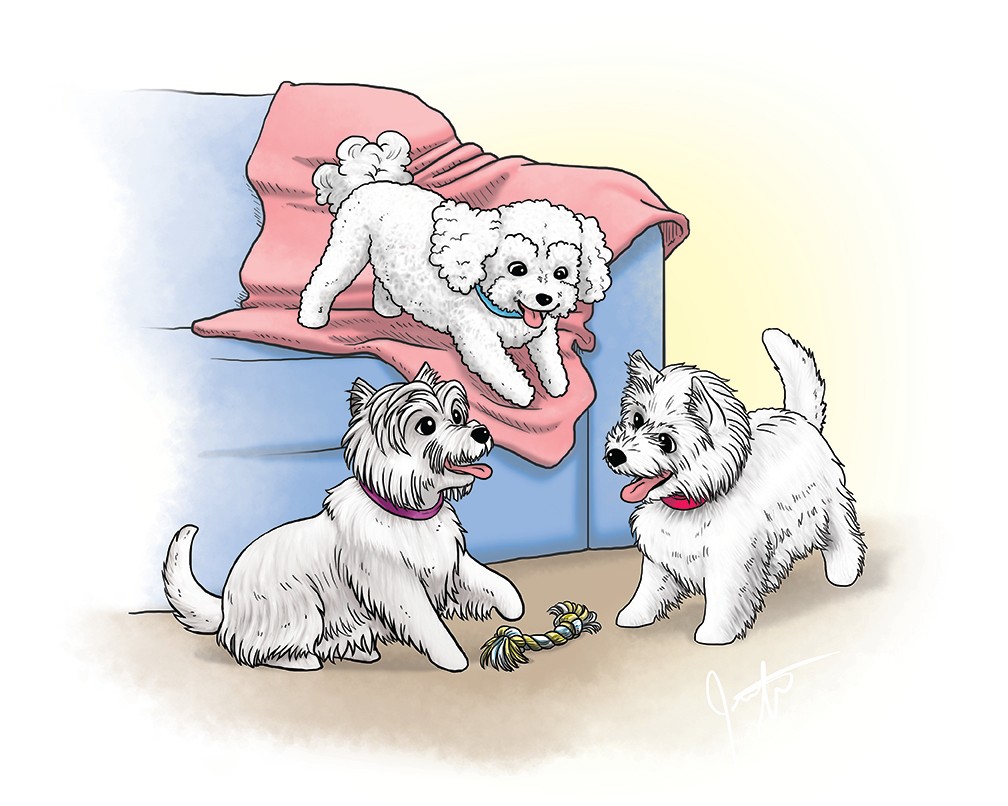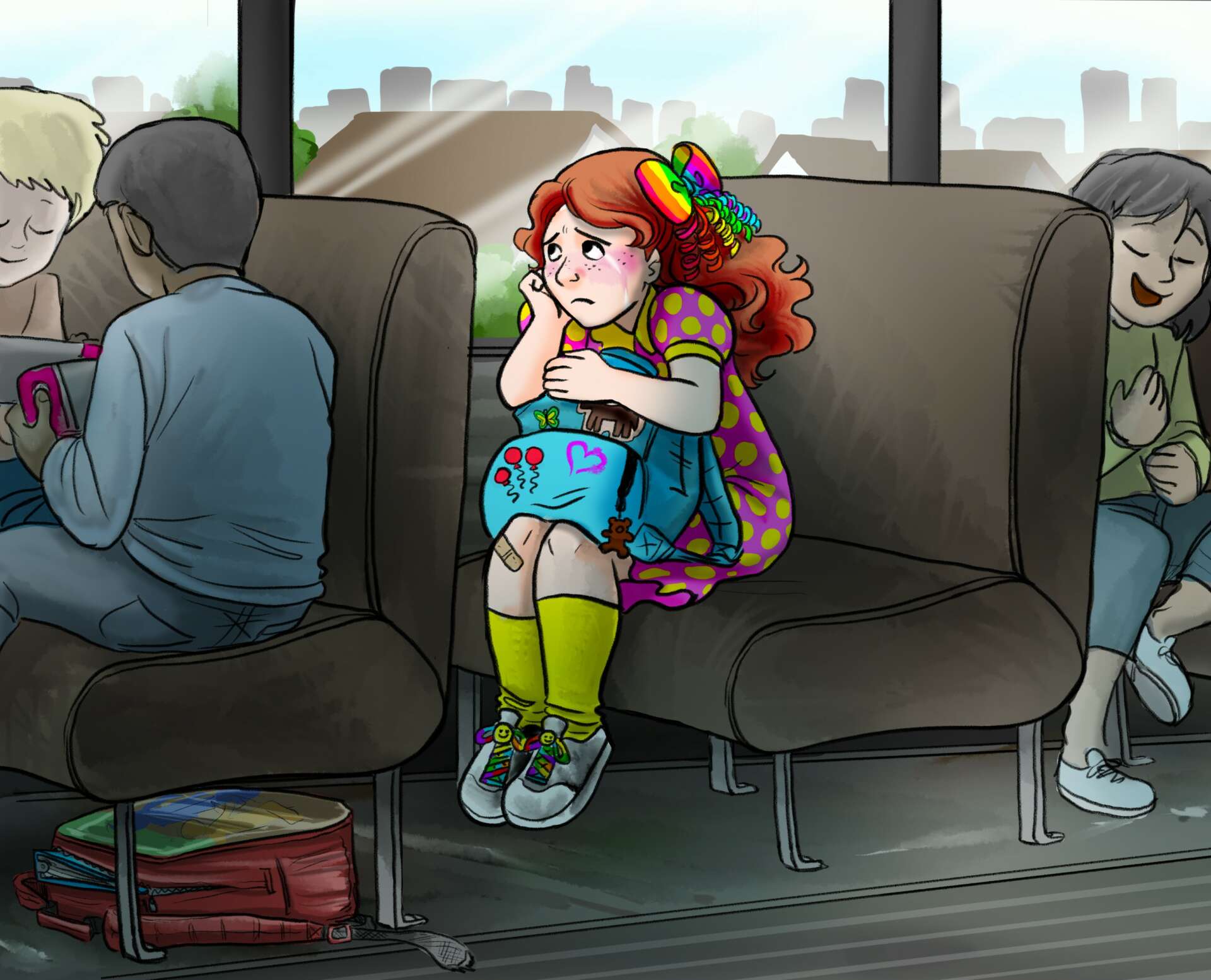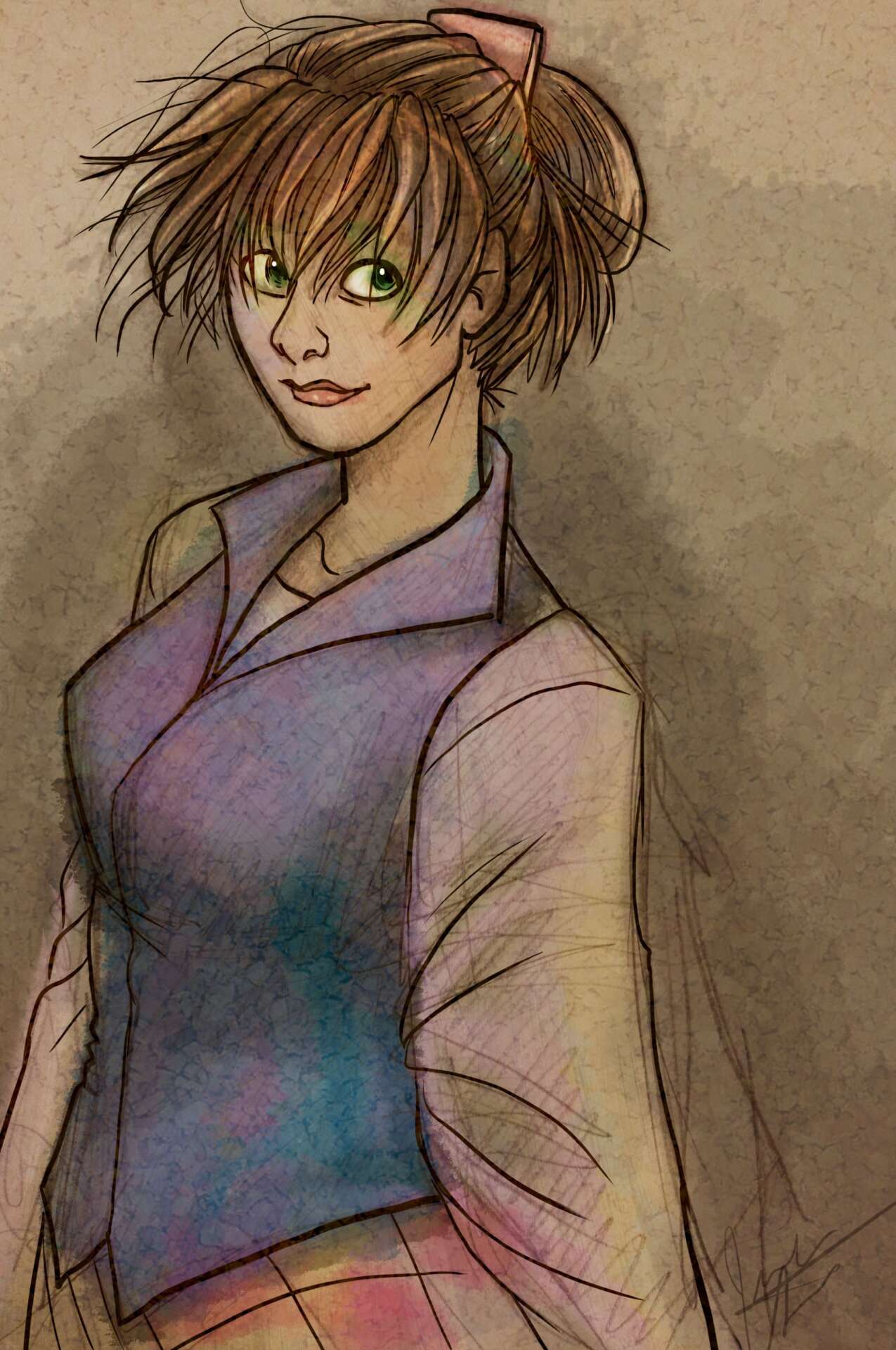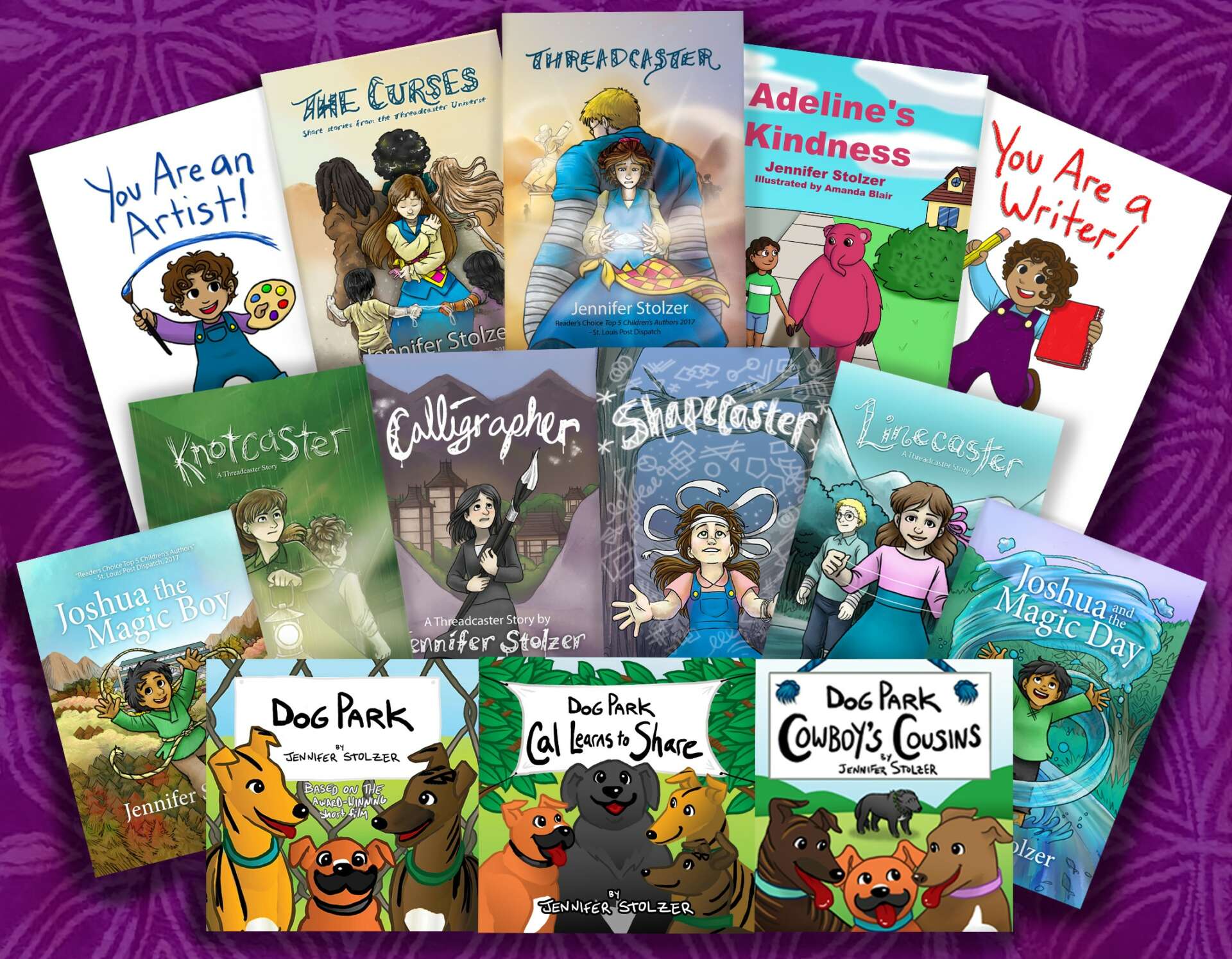We caught up with the brilliant and insightful Jennifer Stolzer a few weeks ago and have shared our conversation below.
Jennifer, thanks for joining us, excited to have you contributing your stories and insights. Are you happier as a creative? Do you sometimes think about what it would be like to just have a regular job? Can you talk to us about how you think through these emotions?
I’ve never wanted to do anything other than create, but I never dreamed as an art student that I would grow up to be my own boss. Now that I manage my own work I can’t imagine a better job. Being able to navigate my to-do lists, balance my work/life ratios, and work with clients on a project-by-project basis has really brought out the best in my work.


As always, we appreciate you sharing your insights and we’ve got a few more questions for you, but before we get to all of that can you take a minute to introduce yourself and give our readers some of your background and context?
I’m Jennifer Stolzer, the one woman show behind Jennifer Stolzer Books and Illustration. I illustrate children’s books and build book covers for authors, take commissions for private clients, run a pet-themed online artwork collection called “Jen’s Dogs Gifts and Custom Designs,” and publish my own books. My style is vibrant with saturated colors and expressive faces. I love telling stories about friendship and working through big emotions. I work digitally using Adobe’s creative suite to polish my illustrations and format documents for print. Often my illustrations begin with a pencil drawing that I scan or photograph to digitize and open on my computer to finish in color. I use a Wacom drawing tablet to emulate my pen pressure and position in Photoshop, so drawing in the computer feels almost the same as drawing in the real world with the added benefit of thousands of different paintbrushes and colors at my disposal. Using this combo I can make pictures that look like they were painted with spray-paint, colored with crayons, or copied on a photocopier among other looks. It really helps me deliver my clients the proper artwork for any story they’re trying to tell.
I’ve been telling stories and drawing pictures for as long as I can remember. I entered college intending to be an animator and work for a big studio making movies, but learned quickly that the process of CGI animation was not for me. That’s when I had to reevaluate my dream. I didn’t want to animate as much as I wanted to tell stories for kids. That’s when I switched to illustration. My first book, “Dog Park,” is actually a picture book retelling of my senior animation project! Since then I’ve published nearly twenty more books myself and assisted other authors with even more. I hope to keep illustrating, writing, and publishing for many years to come.


Do you think there is something that non-creatives might struggle to understand about your journey as a creative? Maybe you can shed some light?
Often when working with clients I run into trouble communicating what the finish project will look like without completing the project in front of them. When I was first starting out, I treated client work the way I would my private projects. I start each of my own books with loose sketches in a storyboard style including characters represented as shapes with labels, arrows indicating line of sight or direction of motion, color swatches in the corners or on the page in open spaces. Some of my first clients responded to these skeletal versions of their books, but many did not. This lesson taught me not to assume that all creatives could imagine the final form of unfinished pieces the way I could and this led to extra edits, unnecessary frustration, and sometimes complete redraws of illustrations I’d already spent hours completing. To remedy this, I changed my pre-visualization process. All characters and settings receive a concept round to finalize their designs and colors. If I am doing the book design as well, this includes font choice and size. I also don’t share the storyboard versions of the illustrations with clients unless requested. Instead, I complete linework on each page and send it over for edits. In my private projects, I prefer to draw one image from start to finish, but giving my clients a clear idea of what their picture will look like is both better for me and for the client. It results in a longer production time, but gains us time over all, and if a drawing needs to be restarted from scratch, it’s a lot faster to redraw linework than it is to both draw and paint a full image. Looking back, these changes feel like logical choices, but as a novice illustrator starting my own business, it was something I had to learn through trial and error.


What do you think is the goal or mission that drives your creative journey?
For me, the goal is always to connect with my audience. My journey started with a desire to tell stories that kids will love. Nearly fifteen years in, I’ve achieved that goal many times. I met a young person at a craft show once who had watched my “Dog Park” video as a child and loved it, I’ve had parents and grandparents tell me my books were big hits as gifts, and I’ve had repeat customers run up to me asking what new books or artwork I’ve produced. As a freelance illustrator, I aim to please my clients in the same way by helping them bring their creative vision to life. Many of them have been working on their manuscripts for decades, waiting for the opportunity to make that dream into a reality. It’s a privilege to be the one to help them bridge the gap, and an honor to be trusted with something so precious. Whether stirring emotion or realizing a dream, I always strive for connection. That goal is how I approach every day as a professional creator.


Contact Info:
- Website: www.jenniferstolzer.com
- Instagram: @jenniferstolzer
- Facebook: http://www.facebook.com/@jenniferstolzer
- Twitter: @jenniferstolzer
- Youtube: https://www.youtube.com/@jameson9101322
- Other: www.jensdogsCUSTOM.com – for pet themed artwork and links to product sites


